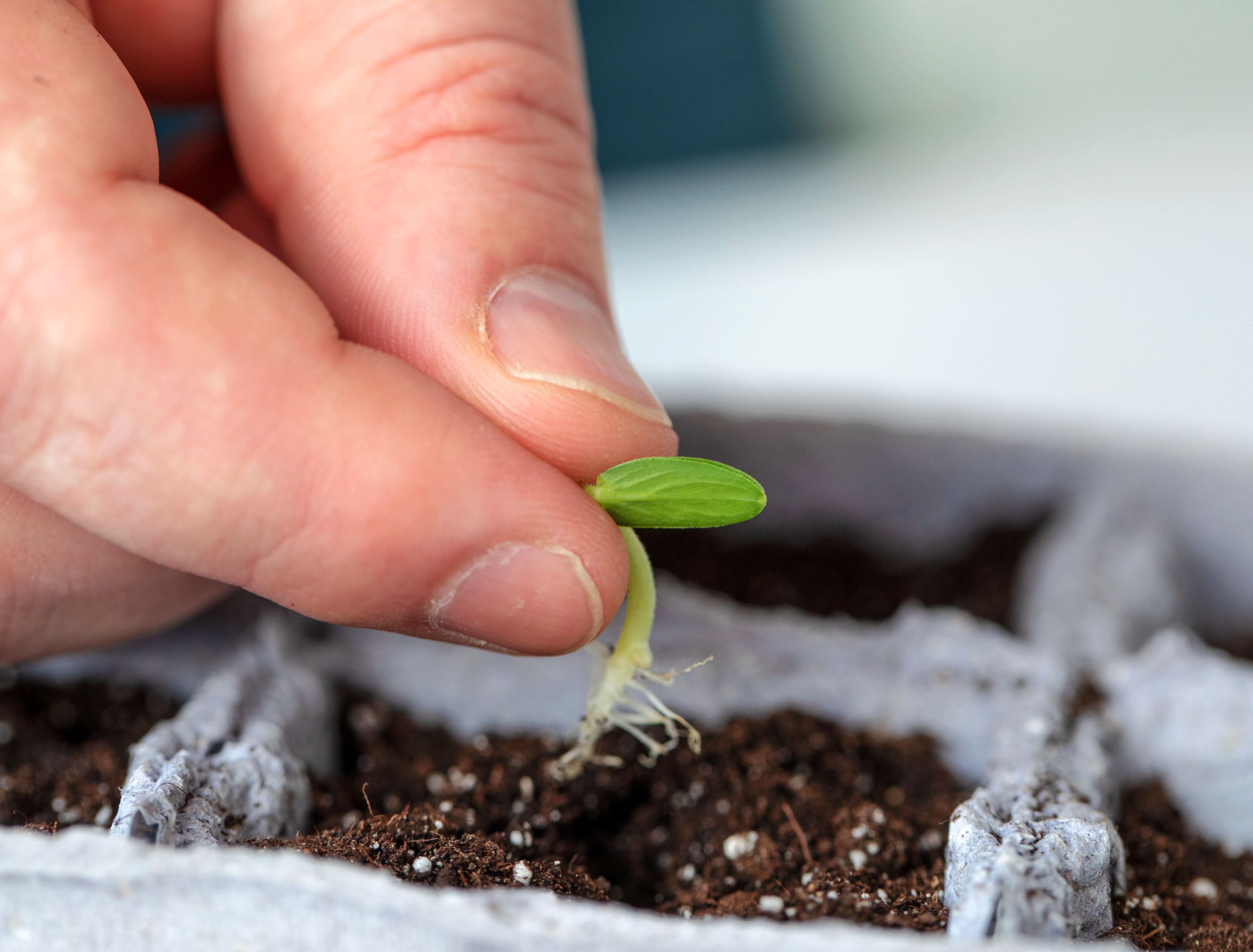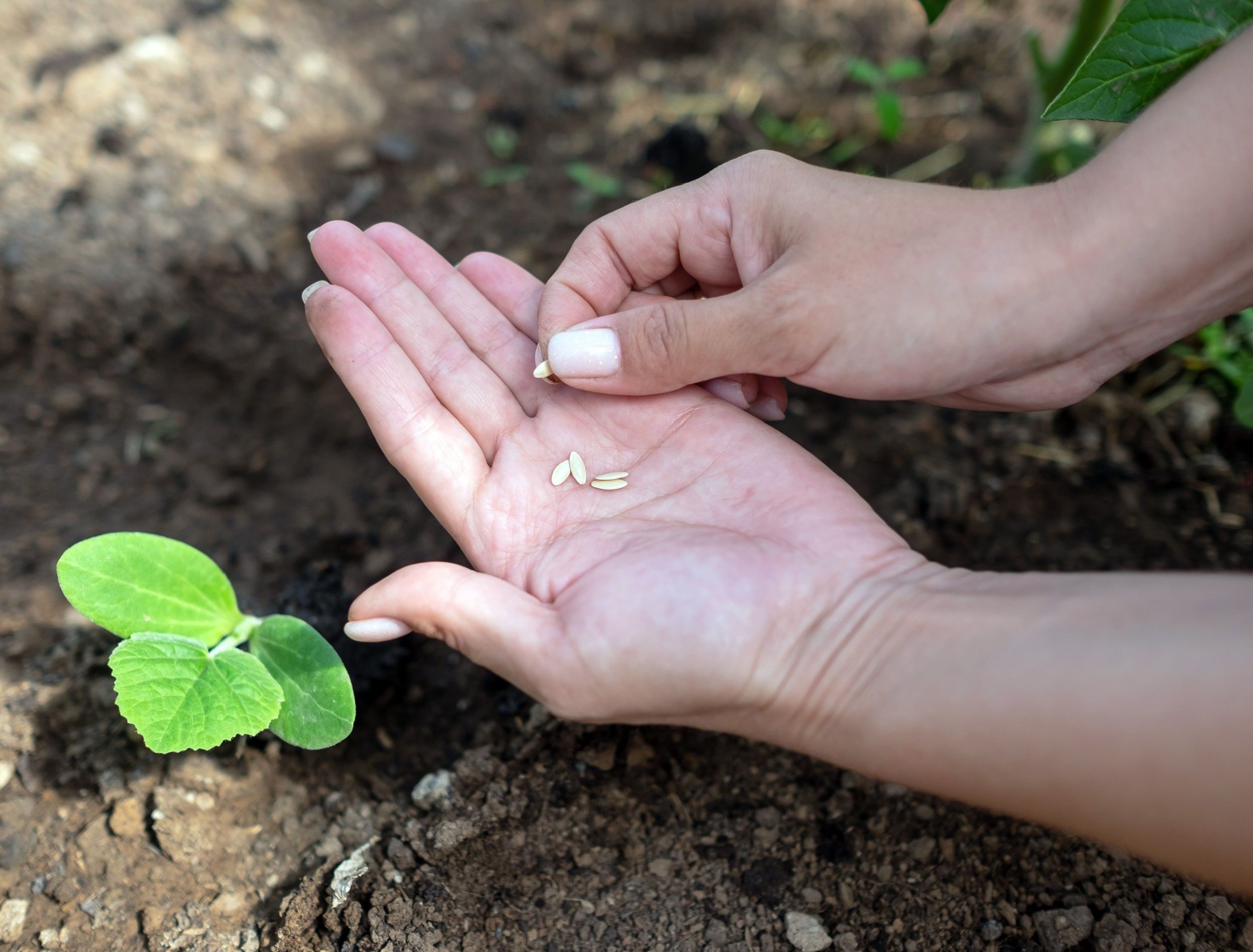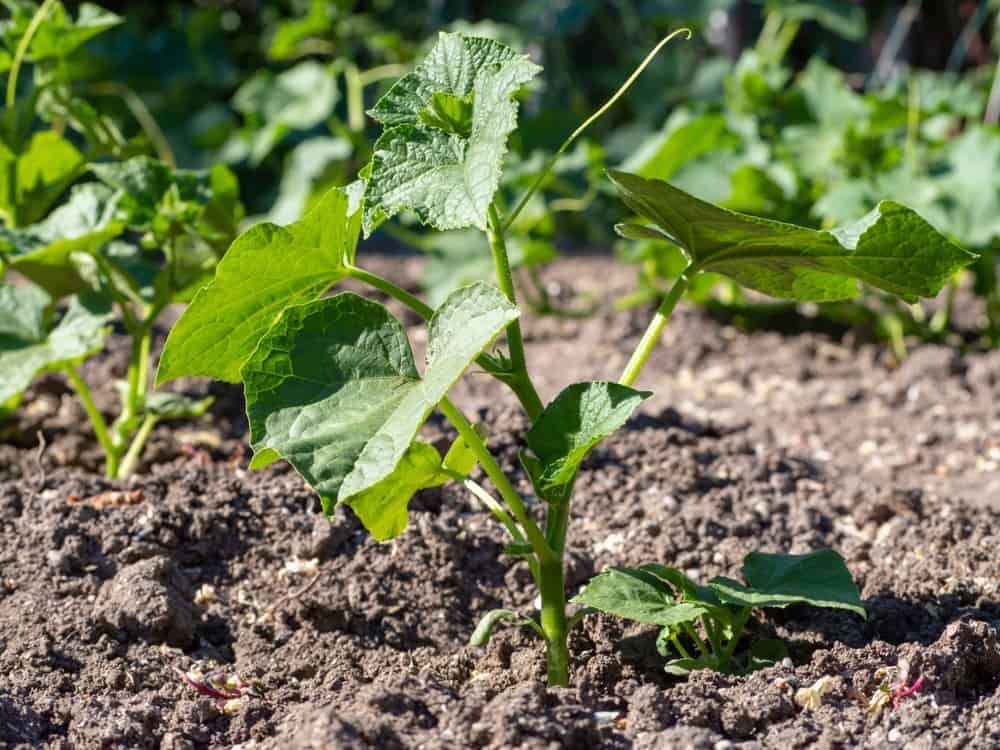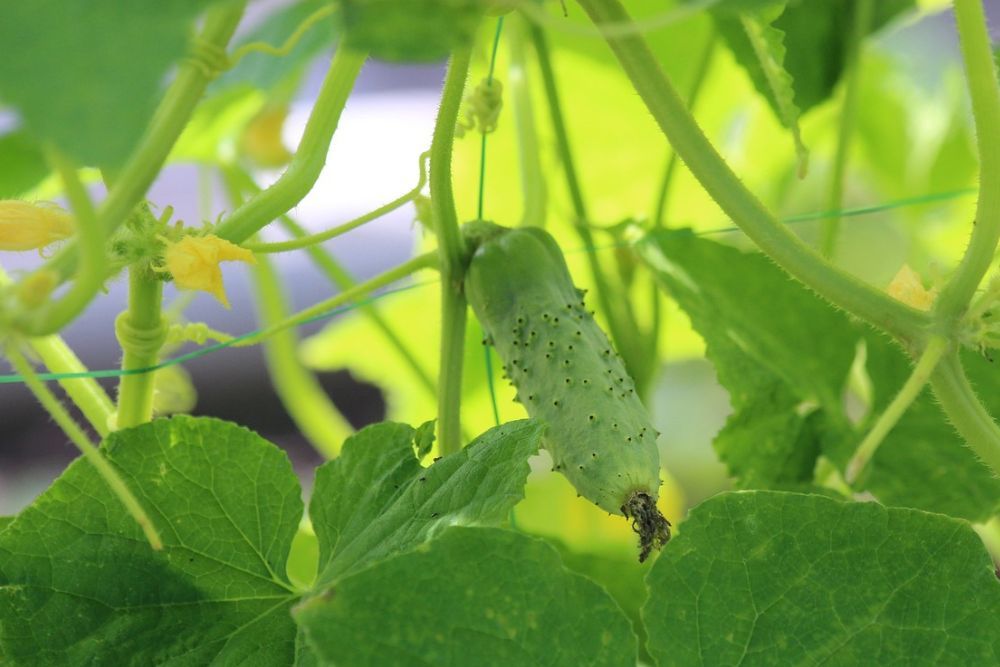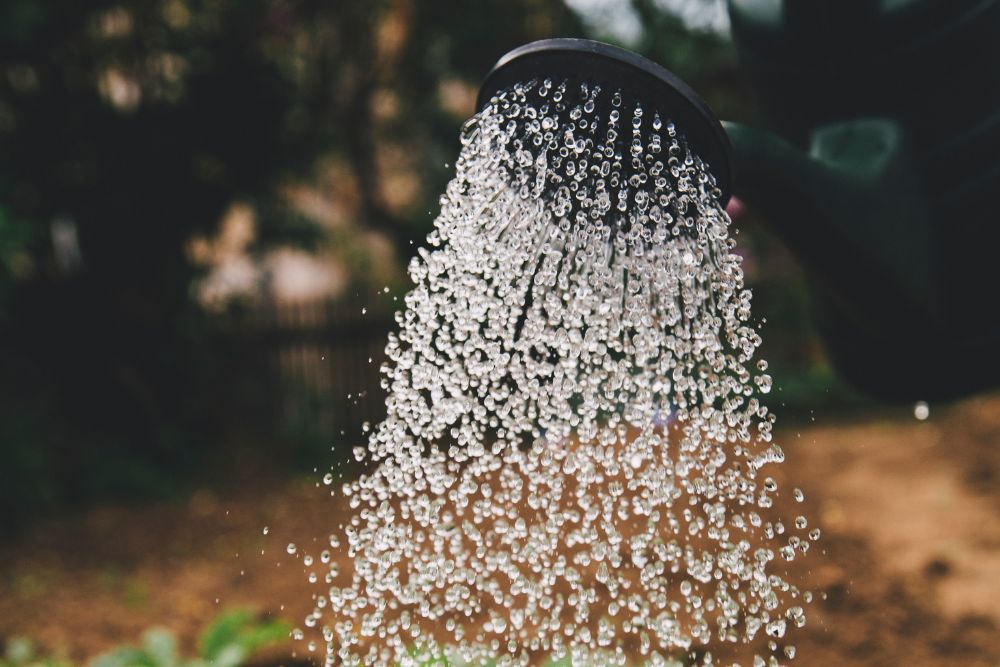Growing cucumbers from seeds is a great way to enjoy the freshest, most flavorful cucumber plants in your garden. Cucumbers are easy to grow and maintain, but there are some tips you need to keep in mind to help ensure your crop reaches its full potential. From selecting and preparing your soil correctly, providing adequate water and sunlight, and pest control issues -- there is a lot to consider when it comes to growing cukes!
Discover the top seven tips for successfully planting and cultivating cucumbers from seed. Read on if you're eager to produce all those delicious crunchy fruits!
Select the Right Seeds
Image credits: Aleksandr Mokhnachev via Shutterstock
Before you plant your cucumber seeds, choose a variety that thrives in your climate and fits your needs. Consider how much space you have for growing, how many plants you want, and what flavor of cucumber you prefer.
The main types of cucumbers are bush and vining. You can grow bush cucumbers in pots, a garden, or a raised bed. You can grow vining cucumbers in a garden bed as well. However, trellising them takes up less space in your garden and prevents fungal issues.
A few varieties of vining cucumbers are 'Parisian Pickling,' 'Calypso,' and 'Sweet Success.' Some bush cucumbers are 'Bush Crop,' 'Burpless Bush Hybrid,' and 'Pot Luck.'
Investing in organic is also good because it's the best way to keep your cucumbers free from unwanted chemicals or pesticides.
Pro Tip: You can soak your cucumber seeds overnight to increase germination rates.
Choose the Ideal Location
Image credits: Alexei_other via Pixabay
If you want to give your cucumbers the best growing conditions possible, choose the ideal location in your garden. Find a spot that gets plenty of sunlight, at least eight hours per day, and is nice and warm (around 70 degrees Fahrenheit.) A south-facing position is the best option for maximizing the sunlight your plants receive.
Additionally, ensure this area has well-draining soil and good air circulation to help prevent diseases from spreading.
Alternatively, if you don't have an outdoor space or can't find a sunny spot with optimal temperatures, consider growing cucumbers in containers. This way, you can move them around the garden to ensure they get enough sunlight and warmth.
Prepare the Soil
Image credits: Alekskan12 via Shutterstock
Preparing the soil for planting cucumbers is crucial in ensuring a successful harvest. Providing your plants with fertile soil is essential for optimal growth, so don't skimp on this vital step!
To start, add organic matter like compost or aged manure to enrich your soil. Doing so helps to improve drainage and keep moisture levels consistent. Next, till the soil 6 to 8 inches deep to break up large clumps, which ensures you have aerated the soil properly.
Plant Your Seeds at the Right Time
Image credits: Светлана via Pixabay
This fantastic fruit is vulnerable to frost. Wait until the danger of frost has passed and the soil temperature reaches 60 degrees Fahrenheit or higher before sowing your cucumber seeds directly into the ground. To get an early start, you can start your seeds indoors about four weeks before your last expected frost date. That way, they have time to germinate and be ready for planting when it warms up outside.
Plant seeds 1 inch deep and space them about 3 to 5 feet apart. If you're growing vine cucumbers, plant them 1 foot apart.
Keep Your Cucumber Plants Well-Watered
Image credits: Markus Spiske via Unsplash
If you're a fan of cucumbers, then you know that keeping your plants well-watered is essential for their growth and health. The good news is that it won't require too much effort from you.
Aim to water the seeds almost daily, in the morning. Cucumbers are heavy drinkers, and this gives them all the hydration they need to thrive! Use an irrigation system if it's easier. Once the seedlings sprout, water them with about 1 inch of water once a week. When you see your plant bearing fruit, up the watering to 2 inches per week.
To help conserve water, try adding organic mulch around your plants. Mulching not only retains moisture but also prevents weed growth.
Provide Support for Growing Vines
Image credits: narong27 via Canva
Some cucumbers are vining plants, so they need support to grow properly. To ensure your plants thrive and yield a bountiful harvest, provide support for the vines!
A simple trellis, fence, or stake before planting your cucumber seeds does the trick. Just attach them securely so they won't topple over in windy weather. Providing support will keep the vines off the ground and reduce disease risks and give your garden an aesthetic boost.
Harvest the Cucumbers at the Right Time
Image credits: Thomas-Soellner via Canva
Harvesting cucumbers at the right time is key to enjoying delicious, crisp cucumber bites! To ensure that your cucumbers are juicy and flavorful, check them regularly. Harvest your cucumbers when they are 6 to 8 inches long and still firm. The longer the cucumber stays on the vine, the more bitter it becomes. When you're ready to harvest, use clean pruning shears or scissors to cut off each cucumber fruit from the plant.
Cuke! There It Is!
Growing cucumbers from seed is a wonderful and enjoyable experience with many tasty rewards! With the right seeds, soil mix, and watering regimen, you, too, can start your own cucumber harvest. While the process may take some patience and dedication, the results are definitely worth it.
Why not try your hand at cucumber gardening today? Give yourself a chance to learn new skills and reap the delicious fruits of your labor. Leave a comment below with tips or tricks of your own that made growing cucumbers successful. After all, sharing is caring! Happy gardening!

